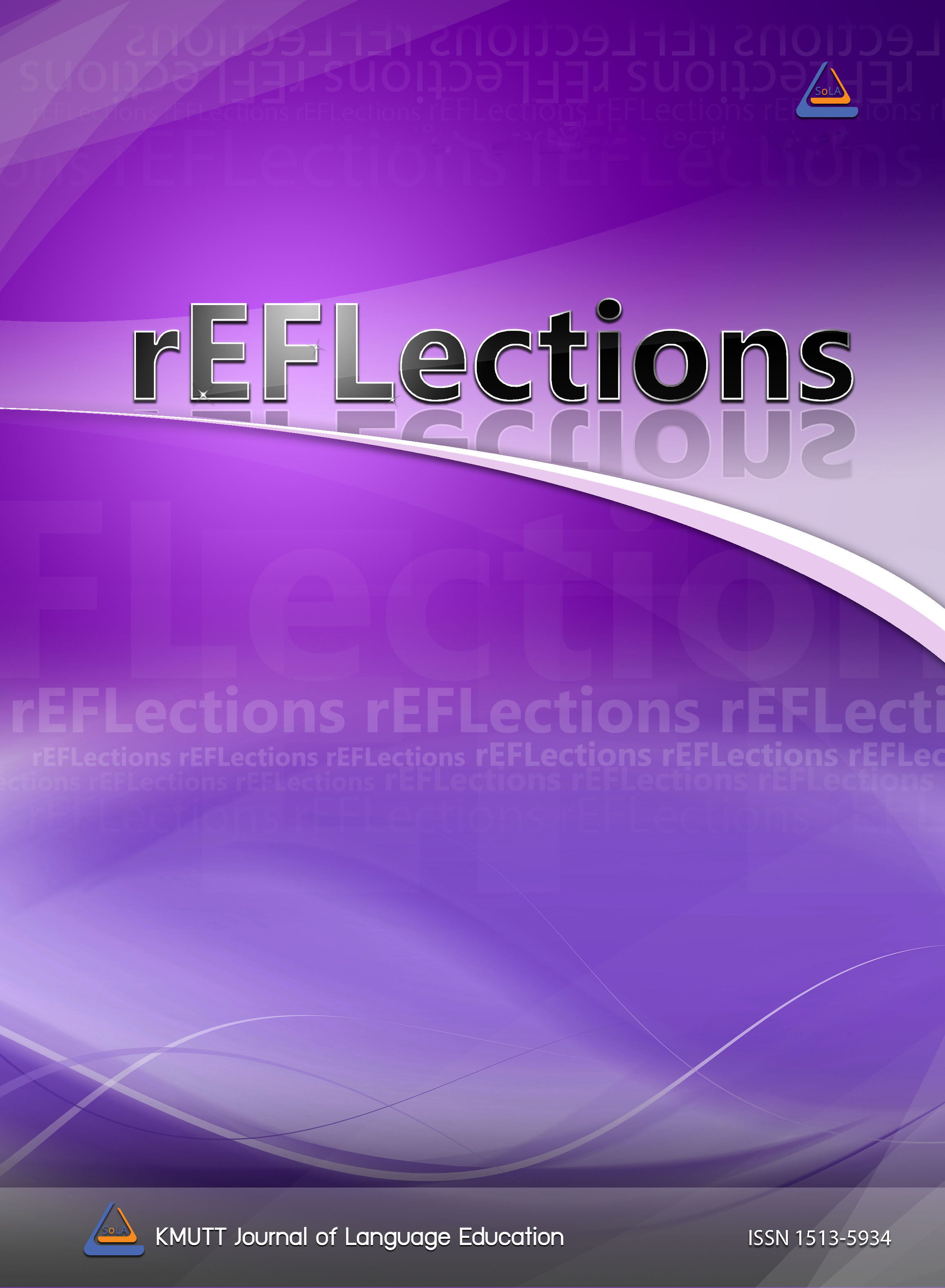‘Welcome to the Business of Living’, a Translation of Lexical Metaphor on a Company Website: A Case of Emirates Airline
Main Article Content
Abstract
Lexical metaphor functions as a rhetorical device that embellishes the texts with figurative meanings. In non-literary texts such as commercial texts on company websites, lexical metaphor can help to promote the company image and sales. It is vital in the service sector such as the airline industry where the competition is sky-high. This paper attempts to identify the lexical metaphor appearing on the English and Thai websites of Emirates Airline following Dickins’ (2005) classification of lexicalized and non-lexicalised metaphors. The study also explores how the lexical metaphors are rendered into Thai by means of literal translation and adaptation. It is found that more lexicalised metaphors are identified in comparison with the non-lexicalised type. As for the types of translation, literal translation plays more part in retaining while adaptation tends to remove the original metaphorical form and meaning in the translated version.
Article Details
References
Abdullah, S., Mahmood, M. B., Jamalludin, K. H., Ahmad, A. H., Halim, M. Z. A., & Fital, S. N. J. (2017, December).
Figurative language in Malay to English translation: An analysis of the 2015 UniMAP VC’s keynote speech. [Paper presentation]. Malaysian Technical Universities Conference on Engineering and Technology 2017, Malaysia. https://doi.org/10.1051/matecconf/201815005028
Aldanani, M. K. T. (2018). Translating metaphorical expressions in political discourse: A comparative conceptual study (English – Arabic). Arab World English Journal, 2(4), 144-151. http://dx.doi.org/10.24093/awejtls/vol2no4.10
Ashuja’a, A. A., Almatari, S. M., & Alward, A. S. (2019). Exploring strategies of translating metaphor from English into Arabic with reference to scientific texts. International Journal of Comparative Literature & Translation Studies, 7(3), 26-38. http://dx.doi.org/10.7575/aiac.ijclts.v.7n.3p.26
Dickins, J. (2005). Two models for metaphor translation. Target, 17(2), 227-273. https://doi.org/10.1075/target.17.2.03dic
Emirates Airline. https://www.emirates.com/th/english/
Emirates Airline. https://www.emirates.com/th/thai/
Knowles, M., & Moon, R. (2006). Introducing metaphor. Routledge.
Larson, M. L. (1998). Meaning-based translation: A guide to cross-language equivalence. University Press of America.
Longman Dictionary of Contemporary English. http://global.longmandictionaries.com/
Mirzoyeva, L. (2014). Metaphorical economic terms: Problems of their translation from English into Russian.
Procedia - Social and Behavioral Sciences, 136(2014), 169-174. http://10.1016/j.sbspro.2014.05.309
Newmark, P. (1988). A textbook of translation. Prentice Hall.
Newmark, P. (1995). A textbook of translation. Prentice Hall.
Nida, E. (1993). Language, culture and translating. Shanghai Foreign Language Education Press.
Online Etymology Dictionary. https://www.etymonline.com/
Pedersen, J. (2015). On the subtitling of visualised metaphors. Journal of Specialised Translation, 23(January), 162-180. https://jostrans.org/issue23/art_pedersen.pdf
Royal Institute Dictionary B.E. 2554. https://dictionary.orst.go.th/
Salman, S. D. (2017). A cultural approach to the translation of lexicalized and non-lexicalized metaphors in Khaled Hossieni’s and the mountains echoed. Sahifatul Alsun, 33, 83-98. https://salsu.journals.ekb.eg/article_98436_0cb25130fc8496fe1784c3b7b47c7ad6.pdf
Taverniers, M. (2004). Grammatical metaphors in English. Moderna Språk, 98(1), 17-26. https://users.ugent.be/~mtaverni/pdfs/Taverniers_2004_GrammaticalMetaphors-PP.pdf
Taverniers, M. (2006). Grammatical metaphor and lexical metaphor: Different perspectives on semantic variation. Neophilologus, 90, 321–332. http://10.1007/s11061-005-0531-y
Van den Broeck, R. (1981). The limits of translatability exemplified by metaphor translation. Poetics Today, 2(4), 73–87.


